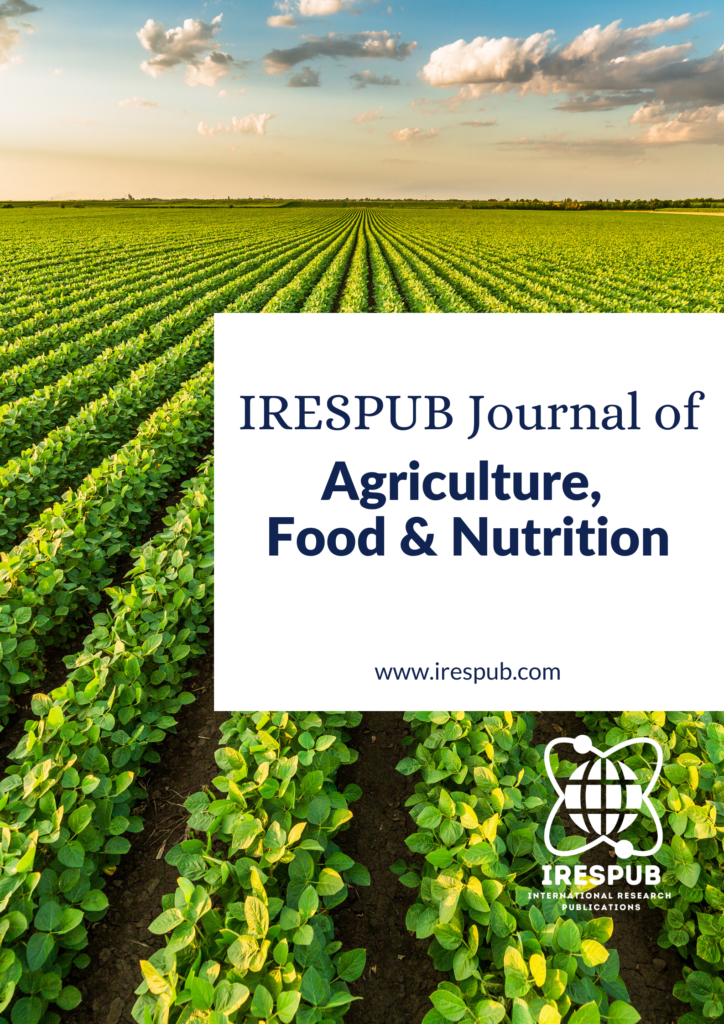
Year Launched: 2021
Journal Menu
- Scope & Research Areas
- Instructions for Authors
- Article Processing Charge
Journal List
- Natural & Applied Sciences
- Life Sciences
- Business Management
- Education & Literature
- Humanities & Cultural Studies
- Medical & Dental Sciences
- Engineering & Computer Sciences
- Agriculture, Food & Nutrition
- Environmental & Material Sciences
- Wellness & Lifestyle Management
- Arts & Ideas
- Law, Policy & Religion
Physicochemical properties of coated tomato during storage
Volume 1, Issue 2, Nov-Dec 2021 | Page 52-60 | PDF (361K) | Pub. Date: November 19, 2021
Author(s)
O. Oladiti1,2, I. B. Oluwalana1, G. I. Pele1,2*; 1Department of Food Science and Technology, Federal University of Technology, P.M.B. 704, Akure, Ondo State, Nigeria, 2Department of Food Technology, Federal Polytechnic, Offa, P.M.B. 420, Offa, Kwara State, Nigeria.
Abstract
The impact of post-harvest loss has militated against all-year access to tomatoes. The influence of coating materials on the physicochemical properties of tomatoes during storage was investigated. Tomato was coated with gelatin, carboxyl methylcellulose, alkalinized starch, and honey while uncoated tomato served as control. Results showed that the control tomato sample was kept for 60 days, while titratable acidity, colour intensity, carotene, specific gravity, pH, refractive index, total soluble solids were 0.16, 0.70, 1.22 mg/100g, 1.03, 6.50, 1.440, 5.44%, respectively. The results also showed that tomato coated with gelatine kept till 69 days and the titratable acidity, colour intensity, carotene, specific gravity, pH, refractive index, total soluble solids were 0.15, 0.65, 1.40 mg/100g, 1.05, 6.54, 1.440, 8.14%, respectively. The results further showed that tomato coated with carboxyl methylcellulose kept for 75 days and the titratable acidity, colour intensity, carotene, specific gravity, pH, refractive index, total soluble solids were 0.14, 0.65, 1.83 mg/100g, 1.05, 6.53, 1.438, 8.16%, respectively. Results showed that tomato coated with honey was kept for 90 days and the titratable acidity, colour intensity, carotene, specific gravity, pH, refractive index, total soluble solids were 0.10, 0.65, 2.05 mg/100g, 1.06, 6.50, 1.430, 10.23%, respectively. Results however showed that tomato coated with alkalinized starch kept for 90 days and the titratable acidity, colour intensity, carotene, specific gravity, pH, refractive index, total soluble solids were 0.13, 0.67, 2.01 mg/100g, 1.06, 6.53, 1.405, 10.16%, respectively.
Keywords
alkalinized starch; carboxyl methylcellulose; gelatine; honey; tomato
Cite this paper
Oladiti, O., Oluwalana, I. B., Pele, G. I. (2021), Physicochemical properties of coated tomato during storage, IRESPUB Journal of Agriculture, Food & Nutrition. Volume 1, Issue 2, Nov-Dec 2021, Page 52-60
References
[1] Kader, A. A. (2008). Modified atmospheres during transport and storage: Postharvest technology of horticultural crops, Univ. Calif., U.S.A.
[2] Ramady, O. L. (2006). Studies on storage behaviour of tomatoes coated with chitosam- Lysozyme. Department of Bioresource Engineering, 3: 51-58.
[3] Maqbool, A. A., Matthaus, B. K. and Eichner, K. O. (2004). Fatty acid, tocopherol, and sterol composition as well as oxidative stability of three unusual Sudanese oils. European Journal of Lipid Science Technology. 11, 179-189.
[4] Hindawi, H. P. (2017). Effect of Stages of Maturity and Ripening Conditions on the Physical Characteristics of Tomato. Journal of Food Quality: Volume (2017). Journal of Food Quality Article, p. 9
[5] Mathooko, F. M. (2003). A comparative study of the response of tomato fruit to low-temperature storage and modified atmosphere packaging,” African Journal of Food Agriculture Nutrition and Development, vol. 2, pp. 34–41.
[6] Martinez, V. I., Periage, M. J., Provan, G. O. and Chesson, A. L. (2002). Phenolic compounds, Lycopene, and antioxidant activities in commercial varieties of tomato (Lycopersiconesculentum). Journal of Food Science and Agriculture, 82:323-330.
[7] Dumas, Y., Dadomo, M., Lucca Di, G., and Grolier, P. (2003). Effects of environmental factors and agricultural techniques on antioxidant content of tomatoes. Journal of Food Science and Agriculture. 83(5): 369-382.
[8] Wilcock, A. Y, Pun, M. O, Khanona, J. A and Aung, M. O. (2004). Consumer attitudes, knowledge and behaviour: a review of food safety issues. Trends in Food Science and Technology. 15, 56–66.
[9] Aguilar, R. P., Miranda, M. R., Lima, A. M., Mosca, J. L., Moreira, R. A. and Eneas, J. O. (2011). Effect of a galactomannan coating on mango postharvest physicochemical quality parameters and physiology, Fruits: 66, 269–278.
[10] International Institute for Tropical Agriculture (IITA). (2004). Research highlights on Nigeria’s cassava industry: Statistical handbook, Ibadan, Nigeria. pp. 43 -51.
[11] (2001). Proceedings of the validation forum on the global cassava development strategy, Volume 2. A review of cassava in Africa with country case studies on Nigeria, Ghana, the United Republic of Tanzania, Uganda and Benin.
[12] James, C. S. (1999). Analytical chemistry of food. Seale-Hayne Faculty of Agriculture, Food and Land use, Department of Agric. and Food studies, University of Polymouth, UK. 1: 96-97.

